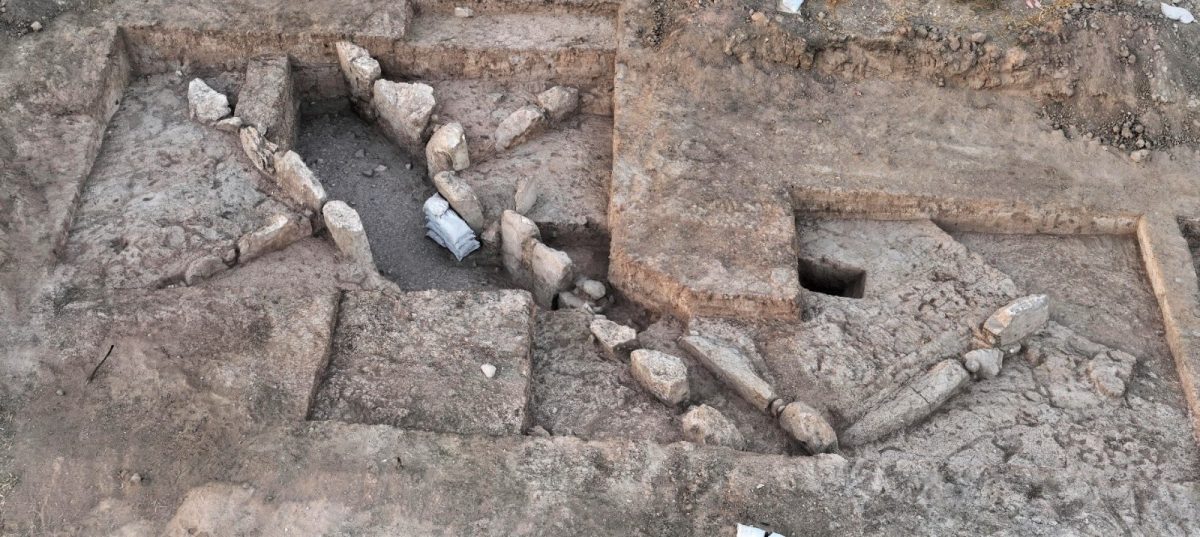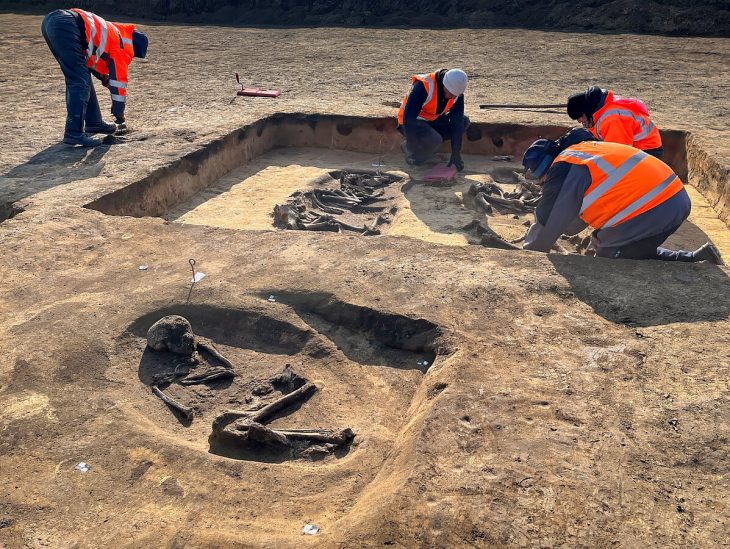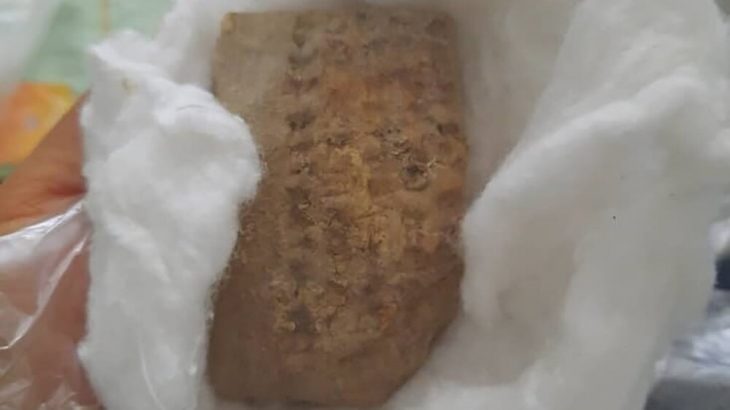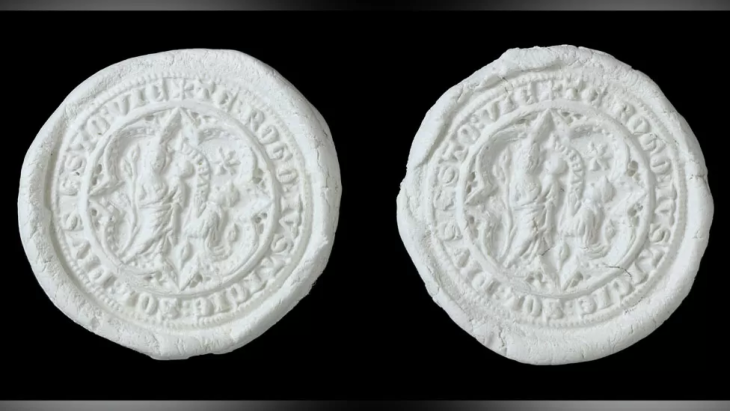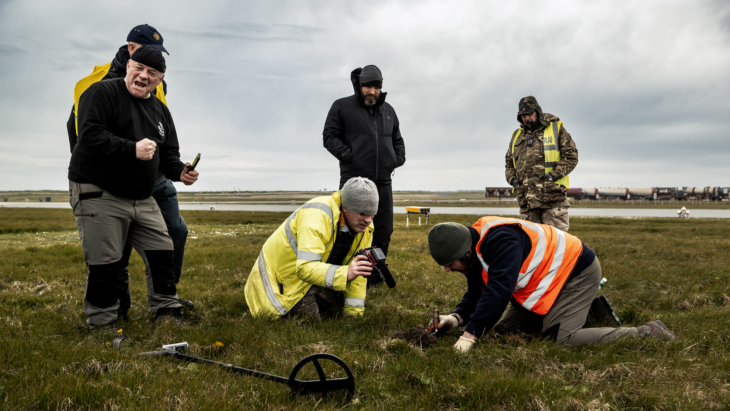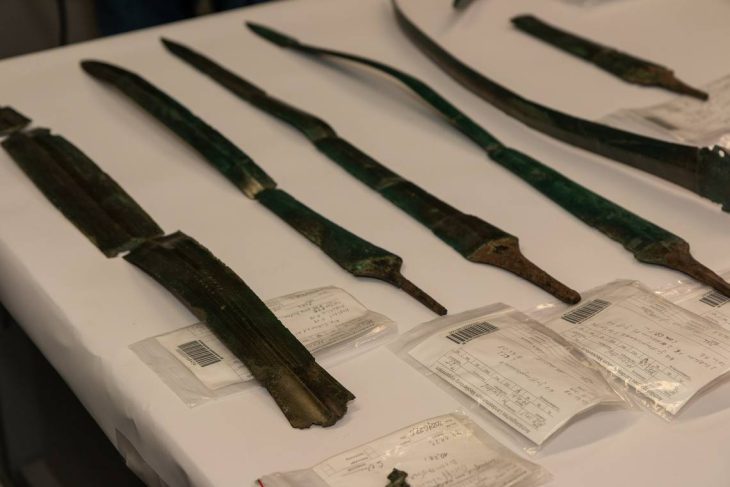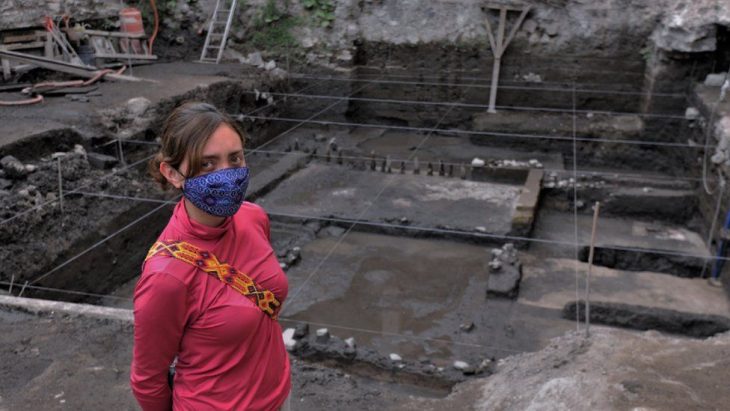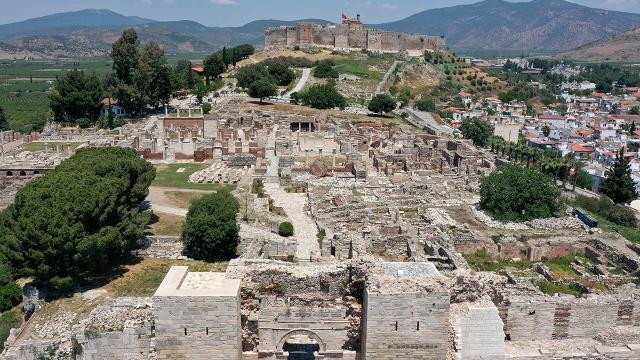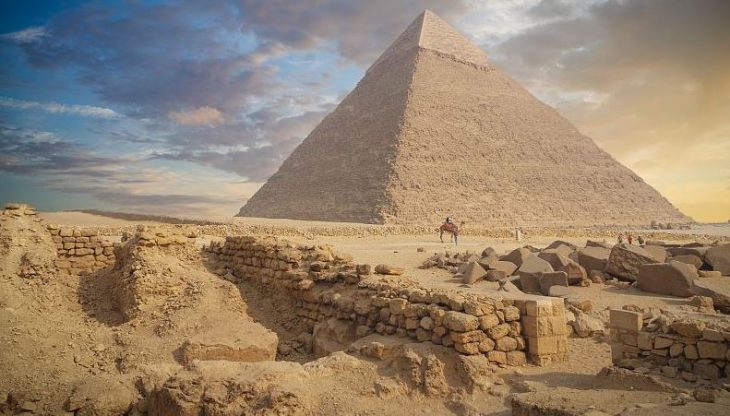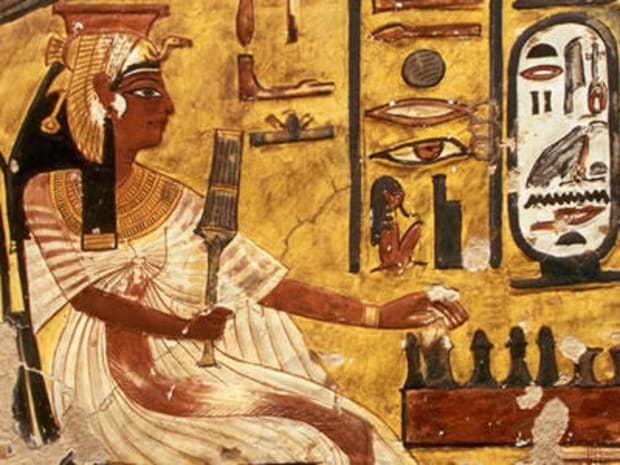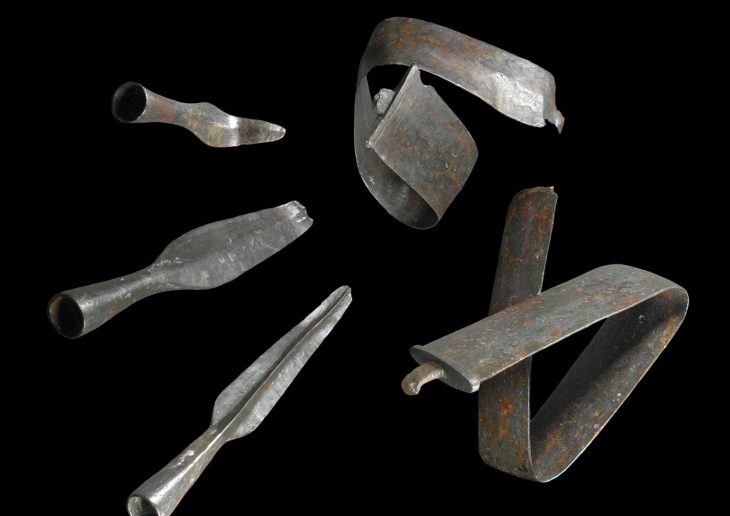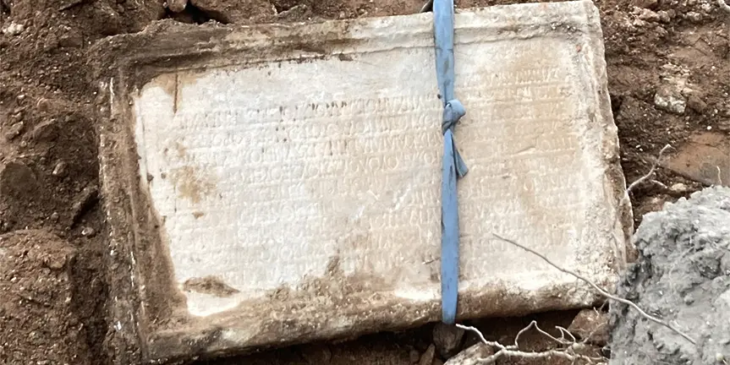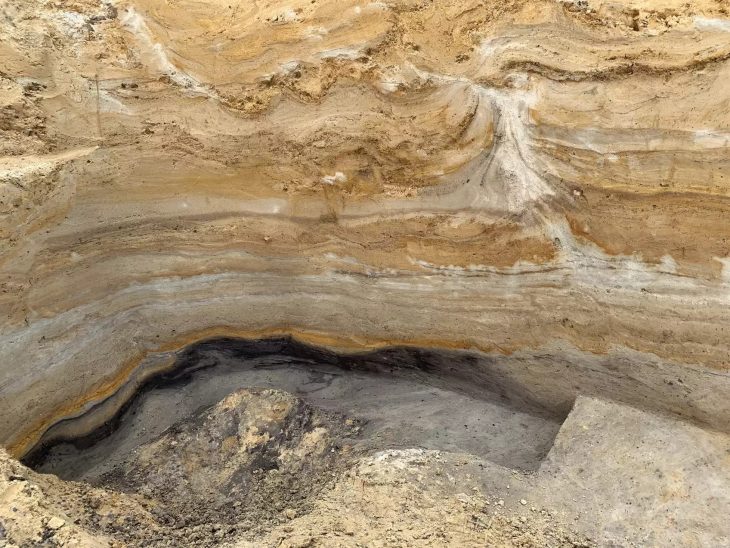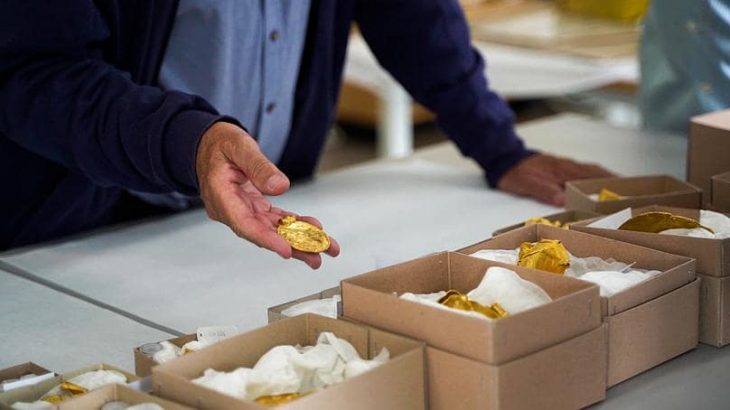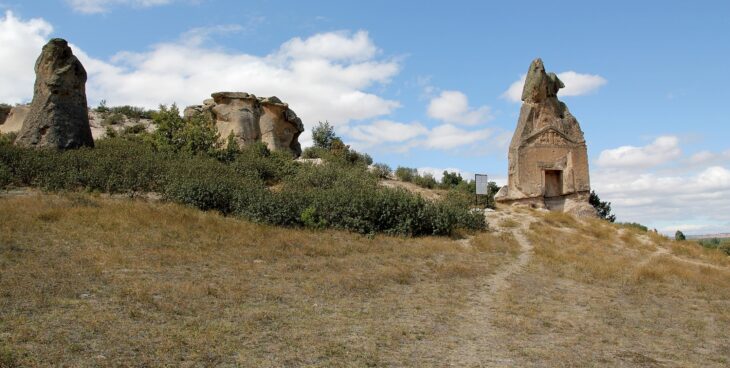The Israel Antiquities Authority announced on Tuesday that archaeologists have discovered the earliest known ancient gate in the land of Israel, at Tel Erani, near Kiryat Gat Industrial Zone.
The Tel ‘Erani was fortified in the Early Bronze I period, more than 5,000 years ago, and was one of the major economic and commercial centers of this period in the southern Levant.
The ancient city of Tel Erani is one of the first examples of urbanization in Israel and the gate’s discovery indicates that urbanization in the region occurred centuries earlier than believed.
Previously, experts had believed that urbanization in this area had started around 5,200 years ago, which was the age of the oldest known gate in Israel. Until the current discovery, the oldest gate to a fortified city was in Tel Arad, near Beersheba. But the dating of the Tel Erani gate pushes the evidence of the start of urbanization back by a number of centuries, to around 5,500 years ago.
Prior to laying a water pipe, the Israel Antiquities Authority conducted an excavation funded by Mekorot, Israel’s national water company, over the last month. During this excavation, a gate and part of an ancient city’s fortification system dating to the Early Bronze IB, approximately 3,300 years ago, were discovered. These structures reflect the beginning of urbanization in the Land of Israel and the Southern Levant.
The Tel Erani gate, which was preserved at a height of 1.5 m, is comprised of a passageway built of large stones that leads into the ancient city. Two towers made of large stones flank the gate, and between them there are rows of mudbricks. This gate is attached to the city walls that were uncovered in previous excavations.
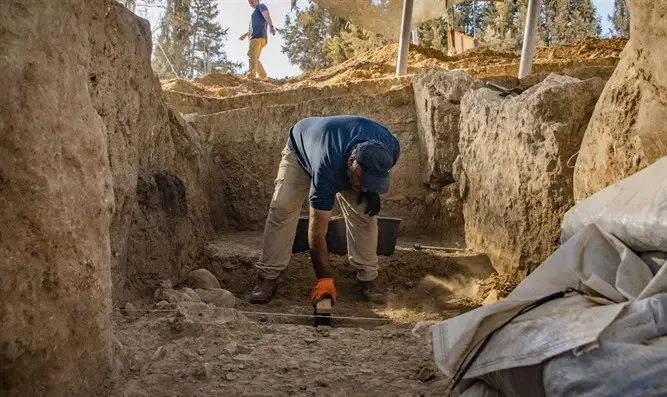
According to Emily Bischoff, Director of the excavation on behalf of the Israel Antiquities Authority: “This is the first time that such a large gate dating to the Early Bronze IB has been uncovered. To construct the gate and the fortification walls, stones had to be brought from a distance, mudbricks had to be manufactured and the fortification walls had to be constructed. This was not achieved by one or a few individuals. The fortification system is evidence of a social organization that represents the beginning of urbanization.”
“It is probable that all passers-by, traders or enemies, who wanted to enter the city had to pass through this impressive gate,” says Martin-David Pasternak, IAA researcher of this period. “The gate not only defended the settlement, but also conveyed the message that one was entering an important strong settlement that was well-organized politically, socially, and economically. This was the message to outsiders, possibly also to Egypt, where the process that would lead to the unification of the Lower and Upper Egypt under King Narmer was already beginning.”
Pasternak adds that, “At the end of the Early Bronze Age, the Egyptians themselves arrived here and settled the tell, and they reused the gate.”
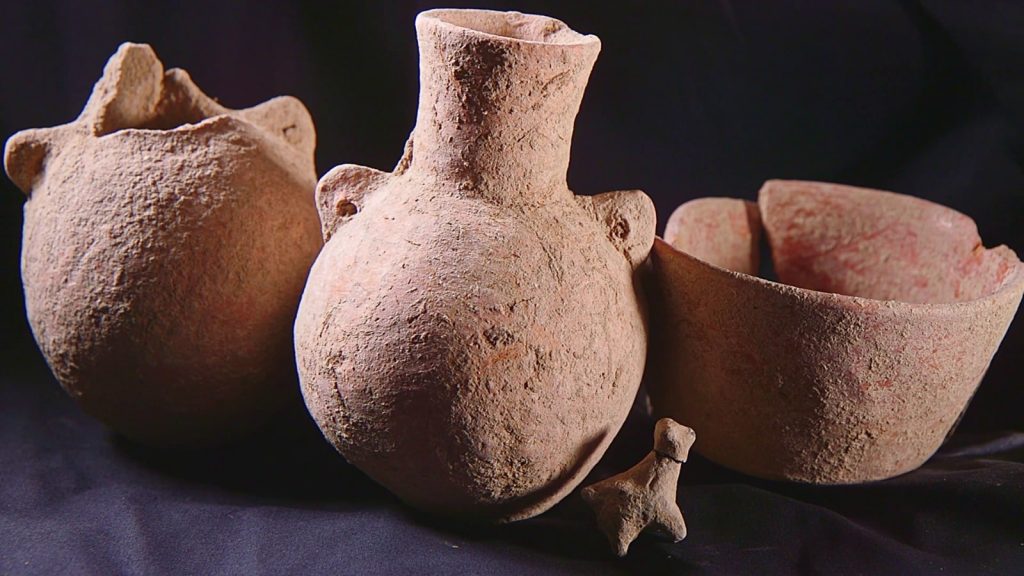
According to Dr. Yitzhak Paz, IAA archaeologist specializing in the Early Bronze Age period, “Tell Erani, which is about 150 dunams in size, was an important early urban center in this area in the Early Bronze period. The tell site was part of a large and important settlement system in the southwestern area of the country in this period. Within this system, we can identify the first signs of the urbanization process, including settlement planning, social stratification, and public building. The newly uncovered gate is an important discovery that affects the dating of the beginning of the urbanization process in the country.”
The extensive excavations carried out by the Israel Antiquities Authority over recent years have led to dating the beginning of urbanization to the end of the fourth millennium BCE, but the excavations carried out at Tell Erani have now shown that this process began even earlier, in the last third of the fourth millennium BCE.
Archaeologists also found a number of interesting smaller discoveries, including a complete alabaster jar, a number of juglets, and red-colored bowls.
Cover Photo: The ancient gate at Tell Erani. Yoli Schwartz, Israel Antiquities Authority

